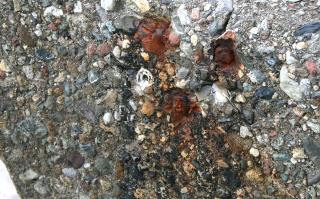It is widely acknowledged that burning alternative fuels in cement kilns has some adverse effect on the kiln’s productivity and thermal energy efficiency. But how much effect? Dr Clark explores via benchmarking.
Case studies and the technology around the burning of alternative fuels (AFs) in cement kilns are recurrent topics in International Cement Review and at Cemtech conferences. They have also often been the topic of the Technical Forum over the years and one of the themes of the Cemtech three-day technical workshops.
The reasons for AFs being regularly discussed and reported are not difficult to understand. The fuels used for firing a cement kiln are usually the highest variable cost in clinker and cement production. All cement companies need to focus on reducing the costs of manufacture to maximise profit margins. If the fuels used for firing the kiln are the highest variable cost then reducing those costs must be the first priority of cost minimisation. If the traditional fossil fuel used for firing the kiln can be partially replaced by a lower-cost alternative then the profit margin from the production of clinker and cement must increase.
